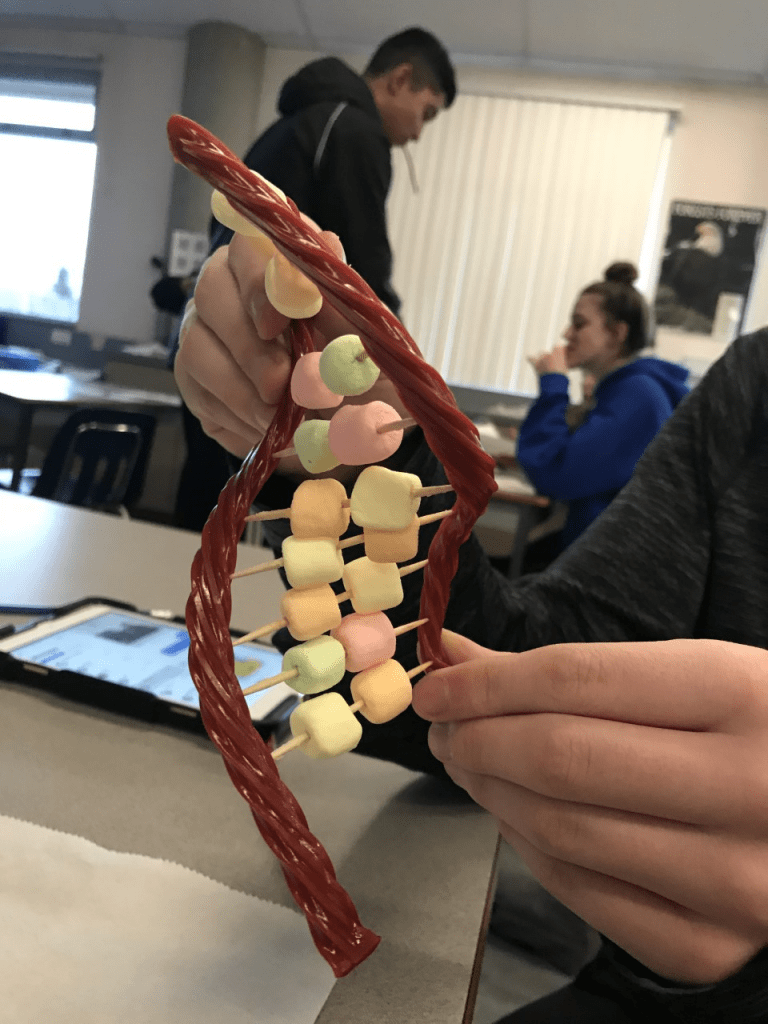Sexual and Asexual reproduction
In sexual reproduction the parents need to make contact for the genetic information to transfer, not to mention that the baby is grown inside of the mothers stomach. Unlike in asexual reproduction were the parents don’t need to swap genetic information through contact, and the baby’s grow outside in a nest or where ever they end up. Or for some asexual organisms (most organisms) there is only one parent.
Good things about the two is in sexual reproduction the baby’s genes will be half from the father and half from the mother. but in asexual reproduction usually the offspring will be exactly the same as the copies. (only good if you want it to be the same)
Some cons to asexual reproduction is that the offspring will be susceptible to any diseases that the original is. But in sexual reproduction there is no guarantee that the nucleus of the male gamete will combined with the female gamete.
Meiosis and Mitosis
Meiosis and Mitosis are very similar but have some differences like how Meiosis has double the amount of steps compared to Mitosis. But in the first set, the chromosomes don’t get separated.
Meiosis starts off with:
Prophase l: The homologous chromosomes match up and non-sister chromatids swap genetic information. (this is called crossing over)
Metaphase l: The homologous chromosomes line up in the middle of the cell at the equator because of the spindle fibers.
Anaphase l: The homologous chromosomes get move to the two opposite pole by the spindle fibers.
Telophase l: One of chromosomes from the homologous pair is at each pole of the cell. (The new nucleolus and nuclear membrane form.)
Interkinesis come between Meiosis 1 and Meiosis 2: The cell gets bigger and the makes proteins.
Prophase ll: There is one chromosome from each of the two homologous pairs in each of the cells. The nucleus and nuclear membrane disappear.
Metaphase ll: The spindle fibers form and attach to the chromosomes, moving them to the middle again.
Anaphase ll: The spindle fibers pull the centromeres apart, and the sister chromatids get pulled to each pole of the cell.
Telophase ll: The spindle fibers will disappear and nucleus and nuclear membrane form, while the cell starts to
Meiosis Starts with:
Early Prophase: The chromosomes are inside of the nucleolus with the nuclear membrane. The nucleolus will disappear and the nuclear membrane will start to disappear and break down. While that is happening spindle will form from the centrioles.
Late Prophase: The nucleolus and nuclear membrane will be completely gone and the spindle fibers will attach to the chromosomes.
Metaphase: The spindle fibers will move the chromosomes to the middle of the cell, in line at the equator.
Anaphase: The spindle fibers pull the centromeres apart, and the sister chromatids get pulled to each pole of the cell.
Telophase: The spindle fibers disappear. New nucleolus and nuclear membranes form, while the cell starts to split into two.
The growth of organisms using information from the fetal development activity
We say that there are three trimesters. The first trimester is where all of the organs, like brain and the spinal cord develop(4 weeks). A little further into the trimester the bone cells start forming and the embryo is called the fetus (8 weeks). At the end of the trimester the organ system has formed(12 weeks). In trimester two the fetus grows rapidly for 4 weeks. But will start to slow down for another 4 weeks. Third trimester the fetus is still growing, thing like the brain especially. At the 32 week pregnancy fat will develop under the baby’s skin to keep it warm once it is born.


















